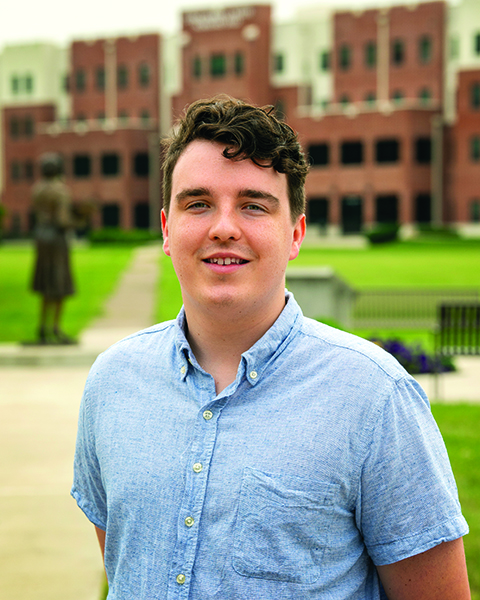By Kevin Jones
This article is a continuation of “Taking Flight: Aerospace Education in West Virginia,” which can be found in the Fall 2020 issue of West Virginia Executive.
West Virginia State University’s (WVSU) Aerospace Education Laboratories (AELs) aim to inspire children to pursue careers in STEM. The WVSU Center for the Advancement of STEM operates two AELs in Beckley and Charleston with instruction and educational activities for K-12 youth.

Since their inception, the AELs have inspired more than 20,000 young people to become West Virginia’s future STEM experts. Students learn through NASA-approved, hands-on curriculum such as LEGO robotics kits, a microgravity simulator, STAR labs and flight and wind tunnel simulators, which give them the rare opportunity to visualize and replicate flight using wind tunnels.
The AELs give K-12 students the opportunity to visualize and replicate flight using wind tunnels.
“Most wind tunnels in the state are for college students’ use, so giving K-12 students the chance to experience wind tunnels firsthand is a point of pride for our AELs,” says WVSU STEM Educator Crystal Bishop.
The wind tunnels are equipped with fog generators, which allow students to identify when the object would be in flight and learn about the aerodynamics of airplanes, cars and rockets through a variety of scale models.
The flight simulators offer a realistic experience in the cockpit. Students virtually pilot their own aircraft within Earth’s atmosphere or beyond with space flight simulation. The AELs give a look into an air traffic control room with global positioning satellite and air traffic radio control.
In addition to on-site programming at the AELs, the WVSU Center for the Advancement of STEM traditionally brings instruction into schools and after-school settings but has altered programming methods in the wake of the COVID-19 pandemic. While in-person programs are currently on hold, staff members continue to provide programs virtually, including the new Buzz Box initiative, which contains STEM activities shipped to participants for at-home learning.
“We’ve taken our best practices through the NASA program and applied them virtually,” says Bishop.
Although the AELs promote parent or guardian involvement, the virtual programs allow for even more adult participation. According to Bishop, participation from a parent or guardian has proven to increase learning gains in students, making the virtual programing just as effective as in person programs.
“It doesn’t matter if it’s in person or if it’s virtual. I’m not finding any differences in learning gains,” she says.
In the new Buzz Box program, each box contains one to three activities based on subject matter as well as students’ grade level. The activities include instructions with pictures for younger children, and subject matter is geared toward building creative and critical thinking, the scientific method, the design and engineering process and more.
Staff members measure the outcomes of these programing efforts through pre- and post-assessments and surveys, and the results are promising.
“Around 80% of students who have taken our classes have an increased interest in STEM,” says Hannah Payne, director of the WVSU Center for the Advancement of STEM.
The AELs have also seen a minimum of 30% growth in STEM knowledge as a result of programming interactions. The AELs have a 70-80% retention rate with participants, proving that the programs are not only effective but also that students want to come back and learn more.
With innovative teaching methods such as these, WVSU’s AELs will continue to grow youth interest in STEM fields for years to come.
About the Author

Kevin Jones is a communications major with an emphasis in film at West Virginia State University (WVSU) and an intern in the WVSU Communications Department. He currently lives in Elkview, WV, with his fiancé.








